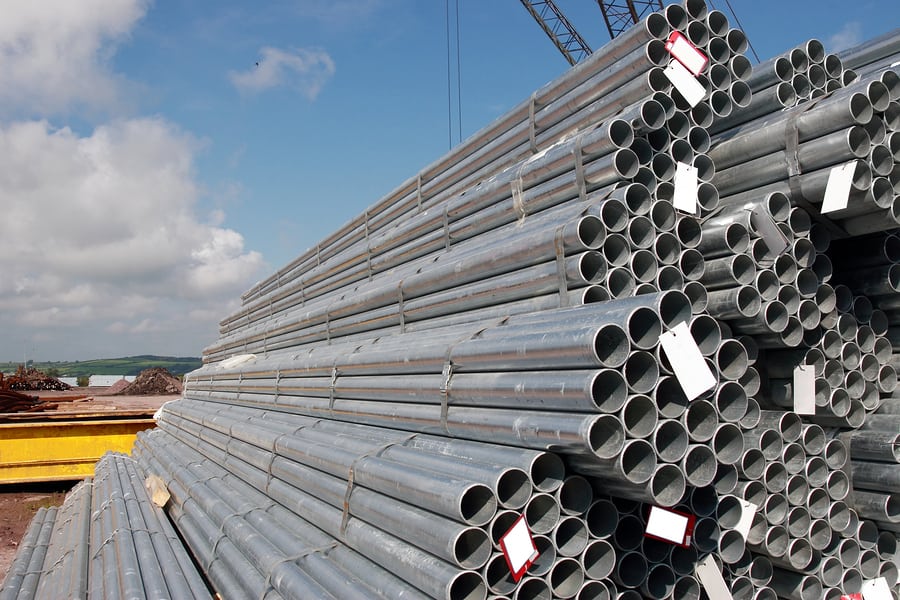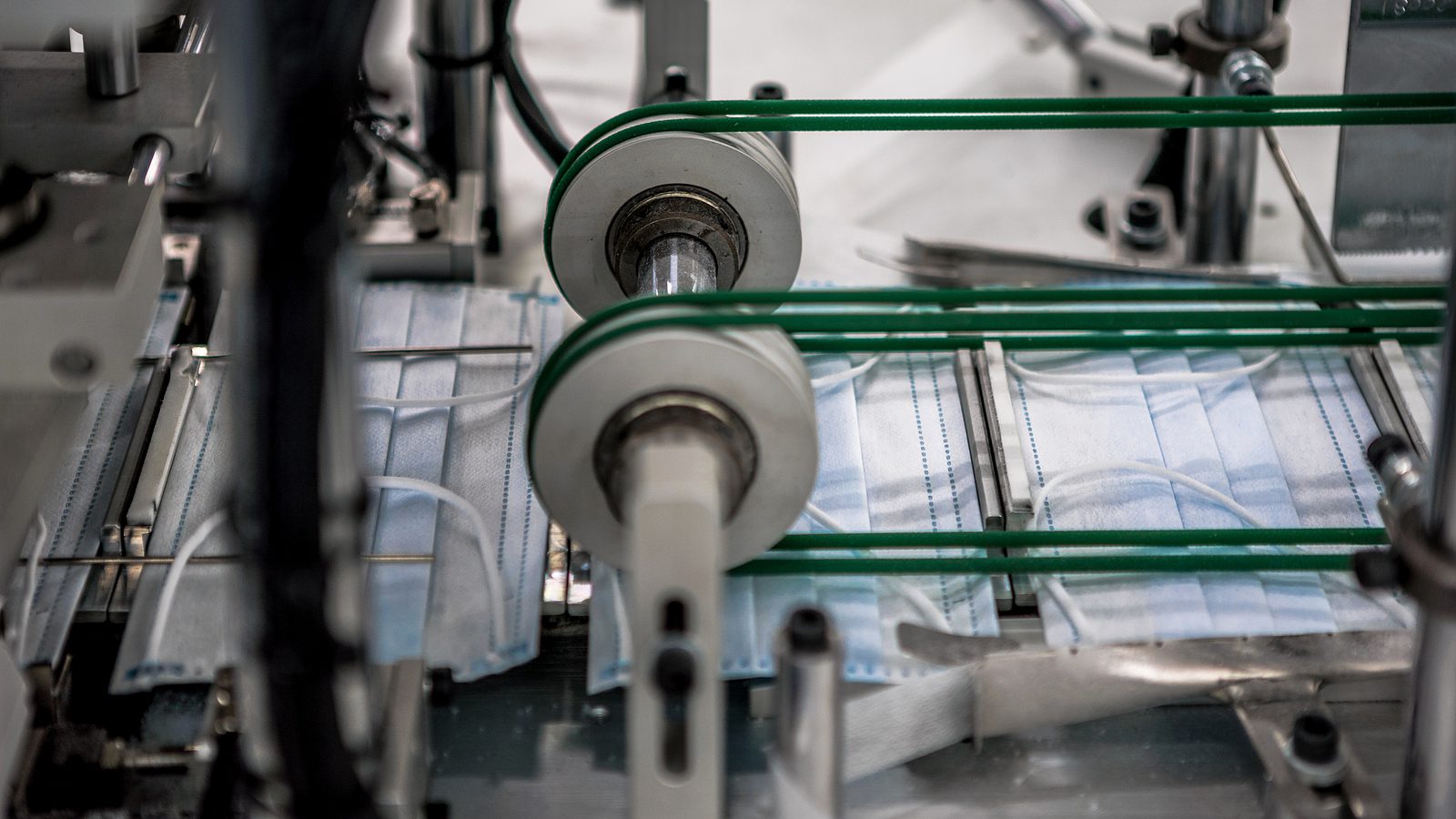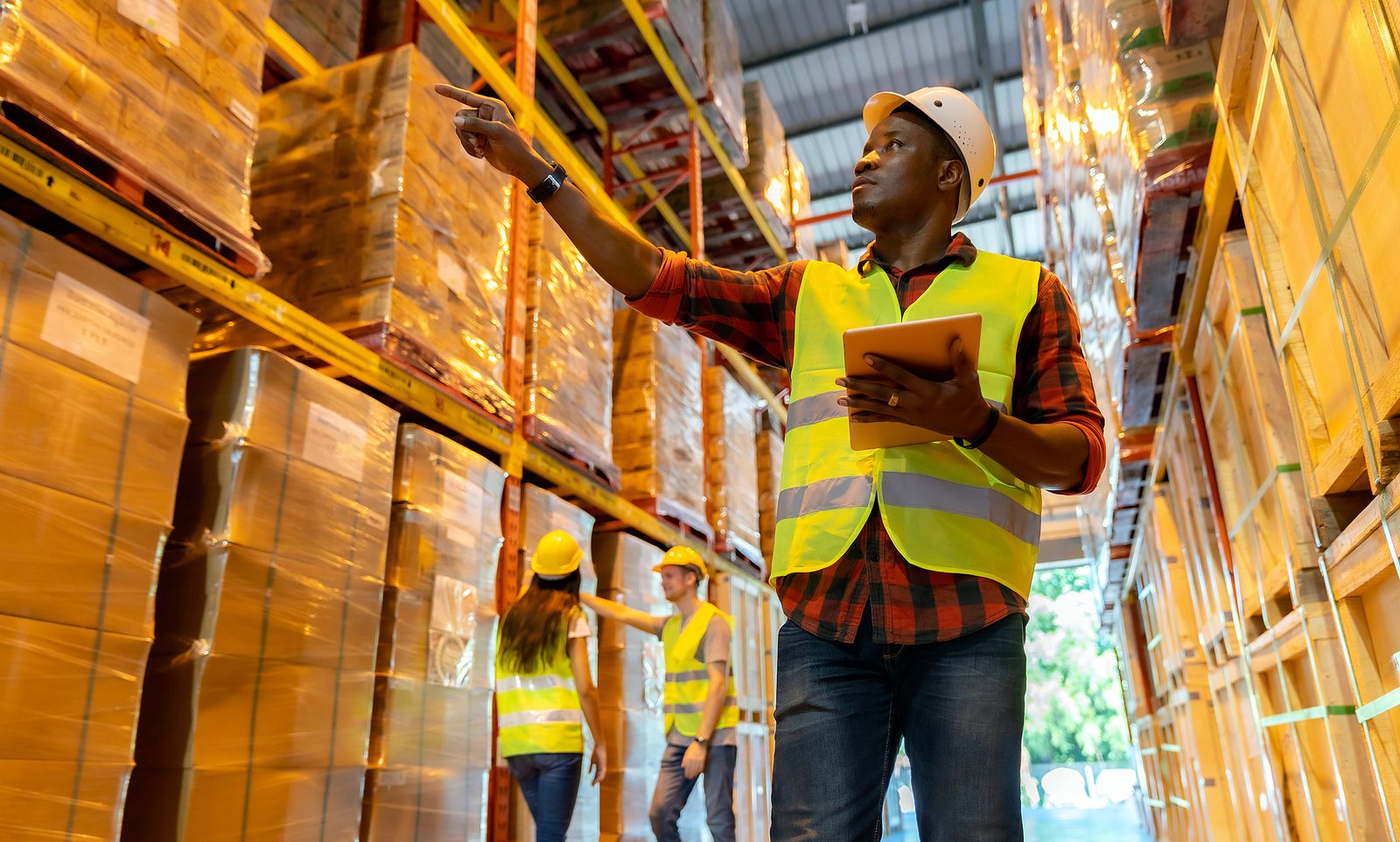By Laser 1 Technologies
Impact of New Steel and Aluminum Tariffs on US Manufacturing
If you’re in manufacturing, you’re paying attention to the new developments on steel and aluminum tariffs, right? I certainly am.
International trade is a complex web of checks and balances, cause and effect. Very little is 100% certain and predictable, and experts’ opinions always vary, but people viewing the big-picture US economic impact of these new tariffs are generally pessimistic.
Briefly, this is the scenario. Trump started out by threatening to impose increase tariffs on steel (25%) and aluminum (10%) from China and Russia only. March, 2018 headlines suggested the motive was to retaliate against China for violating US intellectual property laws. However, he’s expanded the tariff to include US allies such as Canada and Mexico, potentially launching a trade war and inviting retaliation. As European Central Bank President Mario Draghi told reporters in March, “if you put tariffs against your allies, one wonders who you’re enemies are.”
Questions Abound
Now articles abound speculating on the effects of the tariffs. Which US industries will benefit, and how much? Which US industries will suffer, and how much? Will tariff retaliation reduce our exports? Will the increase in domestic steel and aluminum jobs compensate for jobs lost in manufacturing?
Three Industries Will Suffer
I found this article on engineering.com illuminating: Steel Squeeze: A Look at How the Trump Tariffs Could Impact Manufacturing in North America, by Lane Long.
Long focuses on the impact of the inevitable price rise of metals on three particularly vulnerable industries: automotive, aerospace and consumer goods. Here are some highlights:
Automotive Sector
The new tariffs could hardly come at a worse time for the U.S. auto sector. By January, well before the tariffs were even announced, Ford Motor Company CEO Jim Hackett had already written off 2018 as “a bad year.” The reason? Skyrocketing metal prices. In 2017, the price of the hot-rolled steel coil defined by Ford as its primary input cost rose by over 17 percent. Aluminum, its second largest material cost by volume, soared by nearly 35 percent. Ford isn’t alone in its assessment of the challenges ahead, as GM has also identified rising material costs as a significant obstacle for its business in the coming years. The Trump tariffs promise to compound what was already a major headwind for these companies…
Belt-tightening measures are likely to include job cuts and a decline in R&D investment as a first resort. As manufacturers are forced to pass along their costs to consumers, auto industry trade groups have predicted a dip in vehicle sales…
Aerospace Sector
The aerospace sector could be set to feel the effects of the steel squeeze even more sharply than automakers. Accounting for nearly $85 billion of positive trade balance in 2017, this industry is one in which U.S. manufacturers have retained the mantle of international leadership. Aerospace manufacturing, which supports 2.5 million jobs domestically, relies on a higher proportion of foreign metals than do U.S. car manufacturers.
As a sector, aerospace is uniquely susceptible to these tariffs because of the industry’s interconnectedness. The complexity of aerospace production processes, in which dozens or hundreds of manufacturers may be involved in a final-use good, has an amplifying effect on material price increases. Imported steel and aluminum are used by virtually every link in the industry’s value chain. From landing gear to fuel tanks, aerospace components depend on access to global supply chains to stay price competitive. Industry leaders regard the result of limiting that access as easy to forecast: higher costs, lower supply, and compromised quality….
The U.S. might be playing a dangerous game with its most important class of exports. Tit-for-tat trade measures from the EU, Mexico and Canada could erode the worldwide strength of U.S. aerospace products by making them too expensive for these countries to buy.
Consumer Goods
The Trump tariffs have sparked a wave of reactionary penalties against U.S. exports in countries around the globe. American-made goods from motorcycles to bourbon have already been named as targets. Mexico will impose 20 percent tariffs on U.S. motorboats and an equal 25 percent penalty on American steel. Canada will hit imports of beer kegs and household appliances. And the EU plans to slap tariffs on a wide range of American-made apparel, footwear and agricultural products…
Many companies have already encountered higher materials prices that are forcing them to charge more for their wares. Their customers, in some cases, are responding by buying from foreign suppliers, which were able to make the same goods using tariff-free steel and aluminum. To prevent this loss of business, some organizations are outsourcing their supply chains. By importing manufactured components instead of the raw materials required to make them, U.S. businesses can circumvent the tariffs and get goods to market for a reasonable price. Executives from companies that have taken this action, however, emphasize that each step in the value chain that they’re forced to surrender means jobs (and profits) lost to international competitors.
Steel and Aluminum Tariffs Predicted to Restrict US Economic Growth
Lane concludes by noting that leaders of nearly every industry are describing these tariffs as a threat to their sector. While manufacturers of aluminum and steel are an exception to this trend, the benefits they stand to see are likely to be dwarfed by the penalties paid by other industries.




